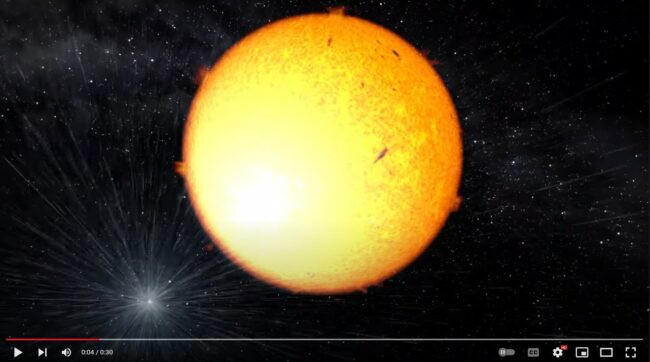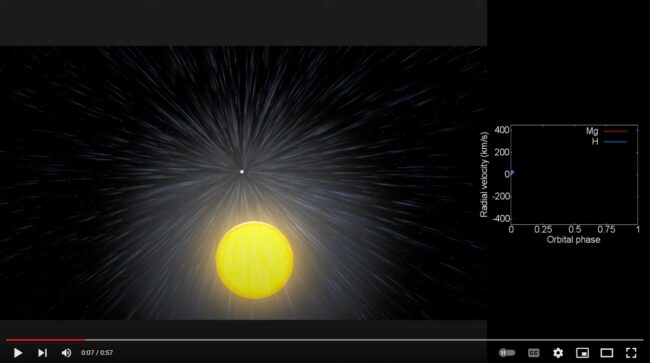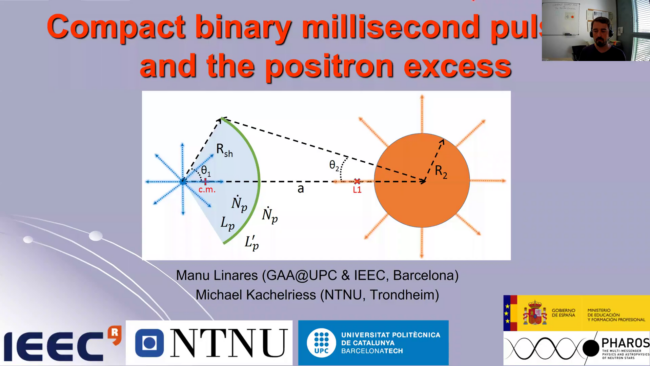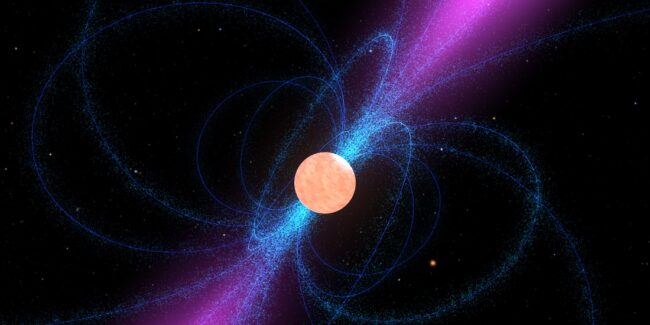New source of lithium production found in the Universe
A team of researchers from the Instituto de Astrofísica de Canarias (IAC), the University of Manchester and the Norwegian University of Science and Technology have detected an anomalously high lithium abundance in the atmosphere of the companion star of a binary millisecond pulsar. The lithium abundance is higher compared to stars with the same effective temperature and high-metallicity stars and so the study provides unambiguous evidence for fresh lithium production.





